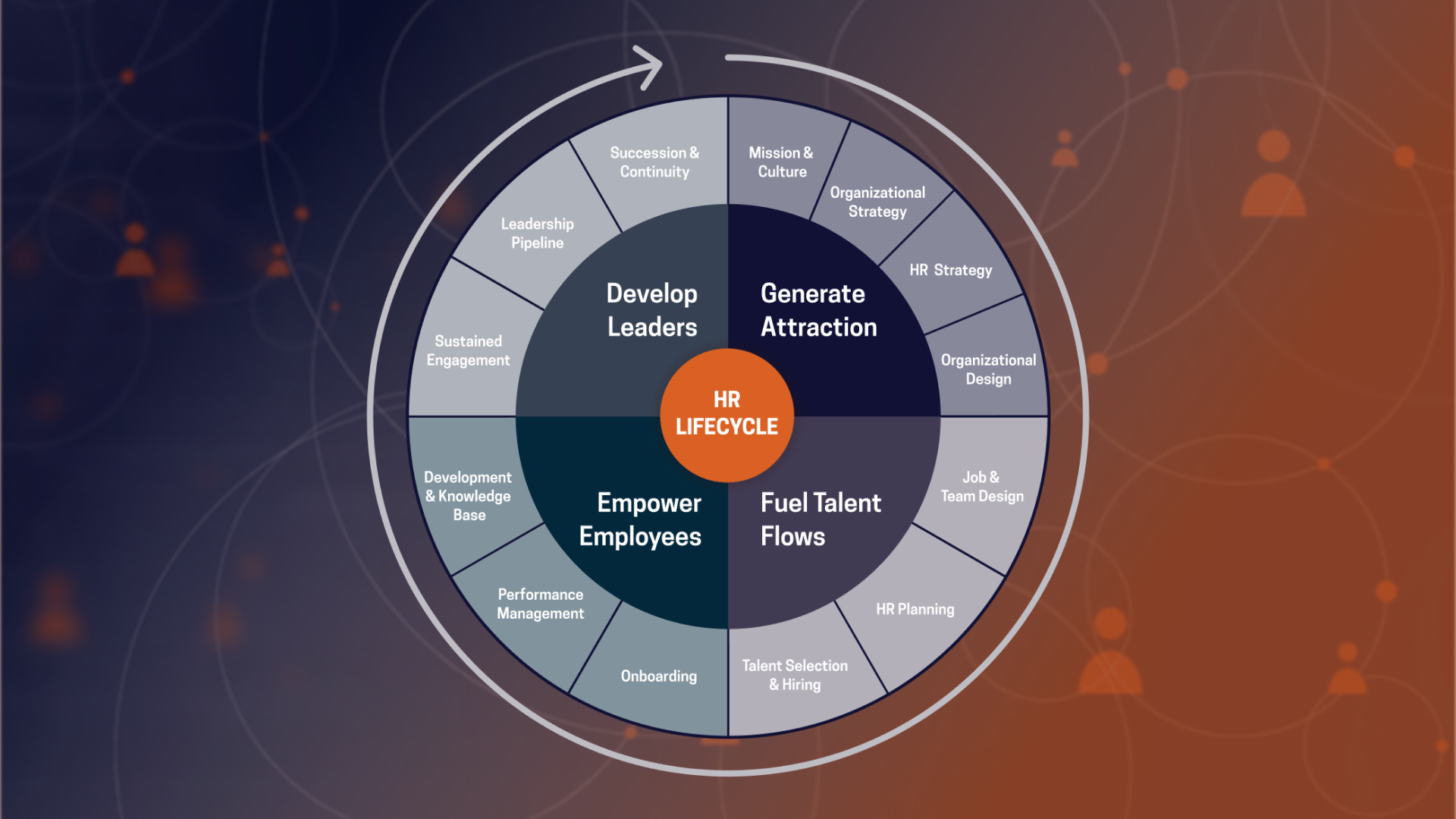Since our founding, a decade ago, McChrystal Group has been working with Chiefs of Staff. In some cases, this has been a one-on-one relationship supporting a Chief of Staff responsible for a large enterprise transformation. In other cases, we have trained cohorts of new Chiefs of Staff within Fortune 50 companies. In these cases, the goal was two-fold: first, working on individual skills and approach to the position; and second, creating a network between the Chiefs to facilitate greater connectivity between their Principals. In either case, the impact of an effective Chief of Staff, and even more-so with a network of Chiefs of Staff, can be massive. Even before the COVID-19 crisis and aftermath affected us all, most executives within Fortune 500 companies were dealing with too much complexity to succeed without a strong support staff. For the most senior of those executives, a Chief of Staff has emerged in the past few years from a nice to have to an essential resource for success. But how do you determine if you need a Chief, and if yes, how to scope their role?
Based on these lessons, and given the crisis that so many of us are facing today with our businesses, McChrystal Group made the decision to begin fast-paced, open-enrollment training so that we could scale our lessons as quickly as possible. As we prepare for our third cohort, we are getting increased inquiries not just from current Chiefs, but from Principals asking, “do I need a Chief?”. Our quick answer is, if you’re asking the question, the answer is probably yes. But that’s incomplete counsel. Therefore, we thought we’d take some time to offer a simple rubric for leaders that may be asking themselves that same question.
To begin, when we think of a Chief of Staff, we think of the role through a four-step quadrant (see Figure 1). This is designed, quite simply, to get a Chief moving steadily from her first day on the job toward the role of strategic thought partner with the principal, but doing so in a fashion that creates trust-based relationships along the way. In some organizations, this can happen quickly, while in others, it may take a year or more, if ever, for a Chief to grow into quadrant four.

Figure 1: This four-quadrant chart maps the journey and full potential of a Chief of Staff originally published in One Mission (Fussell 2017).
In brief terms, as the quadrant above describes, we encourage Chiefs to ensure that the Principal is using her time efficiently (Q1), then work toward efficient coordination within the executive team (Q2), and then become a strategic ally with the executive team (Q4). Those three (not-so-simple…) steps allow the CoS to become a strategic thought partner to the executive (Q4) with the trust and support of the broader organization. Moving too quickly towards, or starting in, Q4 can optimize for the Principal, while alienating the broader team. This approach can lead to a quick uptick in the Principal’s performance but lead to negative downstream effects.
But that same model can also be used by an executive wrestling with this all-important, and now very common question, “do I need a Chief of Staff?". McChrystal Group’s more thorough counsel would be to start putting some notes against the quadrants above, and you’re likely to answer your own question.
Start with a simple score of 1–5 in each quadrant based on how well you are performing without a Chief—1 meaning this is a real problem without a Chief, 5 meaning it’s going exceptionally well without a Chief. Then, give the same 1–5 rank, but this time based on how critical success in this quadrant is for you and your business: 1 meaning it doesn’t really matter; 5 meaning it’s critical to your success as a leader, and the business achieving its strategy.
Based on those rankings, if you had a combined score of 1 and 5, you have a real problem in that quadrant. This is an area of high risk. It’s not going well, and it’s critical to success. Alternatively, a 1 and 1 would tell you that it’s not going well, but you don’t think it’s important so you don’t need to invest time or resources right now. This is an area of low risk. That simple drill should put you in a position to see the low-performing, high-importance areas and then consider what type of support is needed.
Let’s consider each quadrant, and unpack how you can manage the risk you’ve identified. If Q1 is at risk, you likely don’t need a Chief of Staff…yet. But you’re finding your days increasingly frustrating. Your meetings are double booked. When you get on the call, your calendar has the wrong briefing deck attached. You spend your day putting out fires and coordinating, not leading the organization like you’d once done. You likely need an executive assistant. Perhaps you have one in position, in which case, we would recommend a discussion with them about expectations and needs. But the core of your risk here is around better alignment of your time against strategic priorities. That’s critical work, indeed, but alone will not justify the investment in a Chief.
If Quadrant 2 is an area of risk, you have an executive team that you feel isn’t working in a cohesive and coordinated fashion. You can probably see this in meetings, when your CFO looked surprised by a plan that a Division Head mentions, or when your CHRO seemed out of step with the hiring plans for next year. Meetings might look like they’re catching people up on old actions, not looking forward to next actions. This, of course, can present severe strategic risk. But, it might be solvable through better meeting discipline, leveraging your COO in a different manner, or simply a discussion amongst your senior leaders about how to improve coordination. This could be cause for a Chief, but other solutions warrant exploration; a Chief will help, surely, but shouldn’t be the first resort.
As we get into Quadrant 3, the risk points more clearly to you needing a Chief. If you’ve identified risk in Quadrant 3, you’re feeling the strain of misalignment between your executive team and your strategy. This is probably less obvious to most people down in the organization, but not to you. You can sense that your executive team isn’t, to borrow the now-cliché insight from Wayne Gretzky, skating to where the puck will be as a coordinated team. This might be derivative of poor collaboration, as you noted in Quadrant 2. But it might be that your business is simply too complex now. Perhaps because of the COVID-19 epidemic, or perhaps because your industry has changed over time, and things are moving too fast for your executives to both run the business and design the strategy. Here, we would recommend you seriously consider investing in a Chief of Staff. A key part of the Chief role is to keep the executive team aligned, and they do this by moving information between different parts of the business in anticipation of opportunity, not in reaction to problems.
And finally, if you’re feeling stress in Quadrant 4, you’re firmly in the Chief of Staff zone. You have 25-hours of thinking packed into every day. Meetings that should take 15-minutes are taking an hour. Decisions from your office aren’t getting broadcast effectively. You’re foregoing exercise, time with your family, and walks to clear your mind; and you’re still not keeping pace with your inbox. You need a strategic thought partner who can help boil down the flow of information coming towards you. A Chief can ensure that the 15-minute meeting doesn’t need an additional 45-minutes on the front-end to catch everyone up to speed; that the right information coming out of your office and the broader executive team is shared widely and on an appropriate cadence; and that your time and energy is aligned against key priorities, not firefighting driven by your inbox. Before too long, you’ll be catching your kid’s mid-week sports events, and running an effective business.
As a young officer in the military, I always thought that more senior officers were given larger staffs as a matter of rank-privilege. But that was naïve. Later in my career, I spent a year on the staff of a 3-star general, my current business partner Stan McChrystal, in a role similar to many corporate Chiefs of Staff. I realized that year that larger staffs were not the product of rank alone, but the complexity faced by these senior officers. The key difference, I observed, is not the size of the organization—but rather the complexity and speed of the problems these leaders were tasked with solving. That is where a good Chief is most needed.
On my first day of that assignment, I had a 30–minute orientation with my new boss. McChrystal didn’t have a quadrant like the one above, but he’d learned to run his staff through a similar structure. “The little things just need to happen right, and you’ll figure that out quickly…or you won’t make it in this job,” he’d said, with a slight grin. “But the little stuff is only there to buy us time and space for the big stuff. I need you and the rest of this staff to boil things down to the 20% that really matters at my level before it hits my desk or we have a meeting. If we’re not operating like that as a staff, then we’ll never process information fast enough, make decisions on time, and provide guidance to the force as fast as the problems around us are changing. When I’m a bottleneck, the whole organization slows down, and we start losing—so don’t let that happen.” I was joining an incredibly effective staff, but our senior leader was well aware that all four quadrants needed to be operating with precision if the entire organization was to remain effective.
Most of the organizations that we work with are large and complex. Often, the first conversations we have are around managing complexity more effectively. As a result, we use our quadrants to assess whether a Chief is right for them—and when the problem sets lie in quadrants 3 and 4, we advocate that you invest in this capability. Complexity is only increasing, and this position can be your secret weapon to gain massive efficiencies.





